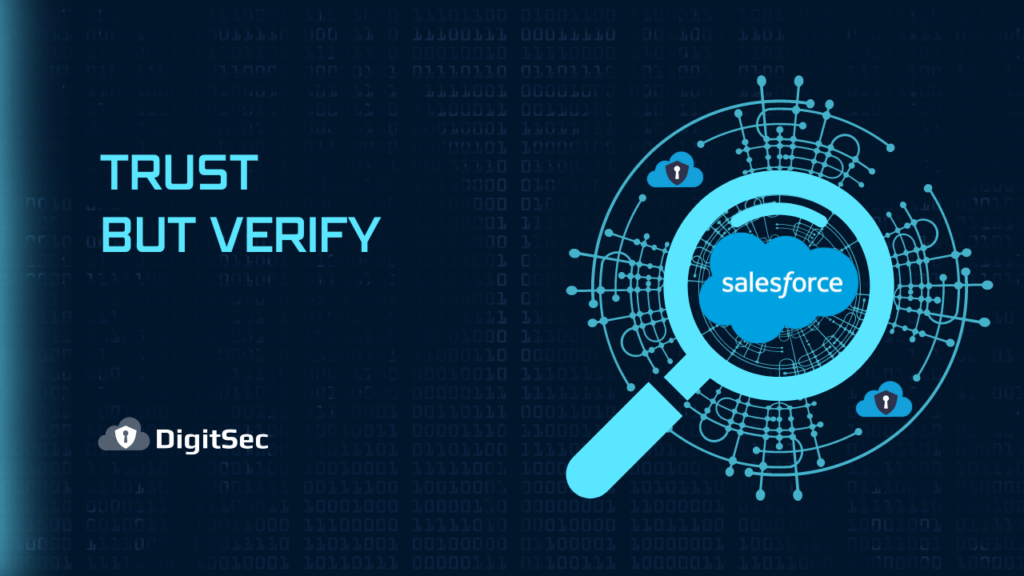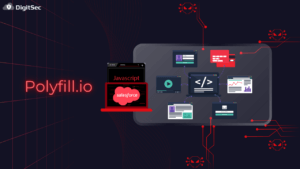In 1987 at the INF (Intermediate-Range Nuclear Forces Treaty), President Ronald Reagan used an old Russian phrase that Premier Vladimir Lenin originated, ‘doveryai, no proveryai,’ which translated means ‘trust, but verify.’ Frequently used by President Reagan when he discussed the relations between the United States and the Soviet Union, it became one of his greatest quotes. Almost 30 years later, it holds true in many circumstances. One of these circumstances is ensuring code contains no vulnerabilities that can lead to data leakage.
Cybersecurity and development teams are in a constant struggle with one another. Code security is important in application development and is becoming essential for businesses that rely on SaaS. However, cybersecurity is complex and requires years of experience and constant awareness of the ever-evolving threat landscape. Developers need to deliver applications promptly to meet the needs of the business. Development teams must work hand in hand with cybersecurity teams to not only protect the application but the entire network which can have thousands of assets.
Verification is used in many ways in various forms. For example, physical security can entail biometrics, visual identification, IDs, and other forms of identification to determine individual trustworthiness. In data security, two-factor authentication, SSO, tokens, smart cards, and other methods enable trust for one to send and receive data on secure systems. Is verifying code security a “trust” issue? It most certainly is because many code vulnerabilities create opportunities for unauthorized access, exploits, or breaches that result in sensitive information disclosure, data leaks, ransomware attacks, and other cyber security issues. For cybersecurity teams, application code has to be analyzed to identify vulnerabilities that can lead to exploits. For developers, business-critical applications need to be delivered quickly and efficiently.
So, in the immortal words of Ronald Reagan, the best way to determine if your Salesforce applications are secure and are free of any malicious or potentially malicious code is to ‘trust, but verify.’
DigitSec develops a comprehensive Salesforce code security scanning platform that is easy to use and delivers immediate value and a positive business impact. DigitSec is an ideal solution for cybersecurity teams and developers to find security vulnerabilities, recommend corrective action before deployment, and enable faster delivery of secure applications. DigitSec is SOC 2 Type 2 compliant, ensuring internal best practices of security controls, policies, and procedures.
To find out how cybersecurity and Salesforce application development teams can trust and verify, visit us at www.digitsec.com or email us at sales@digitsec.com





